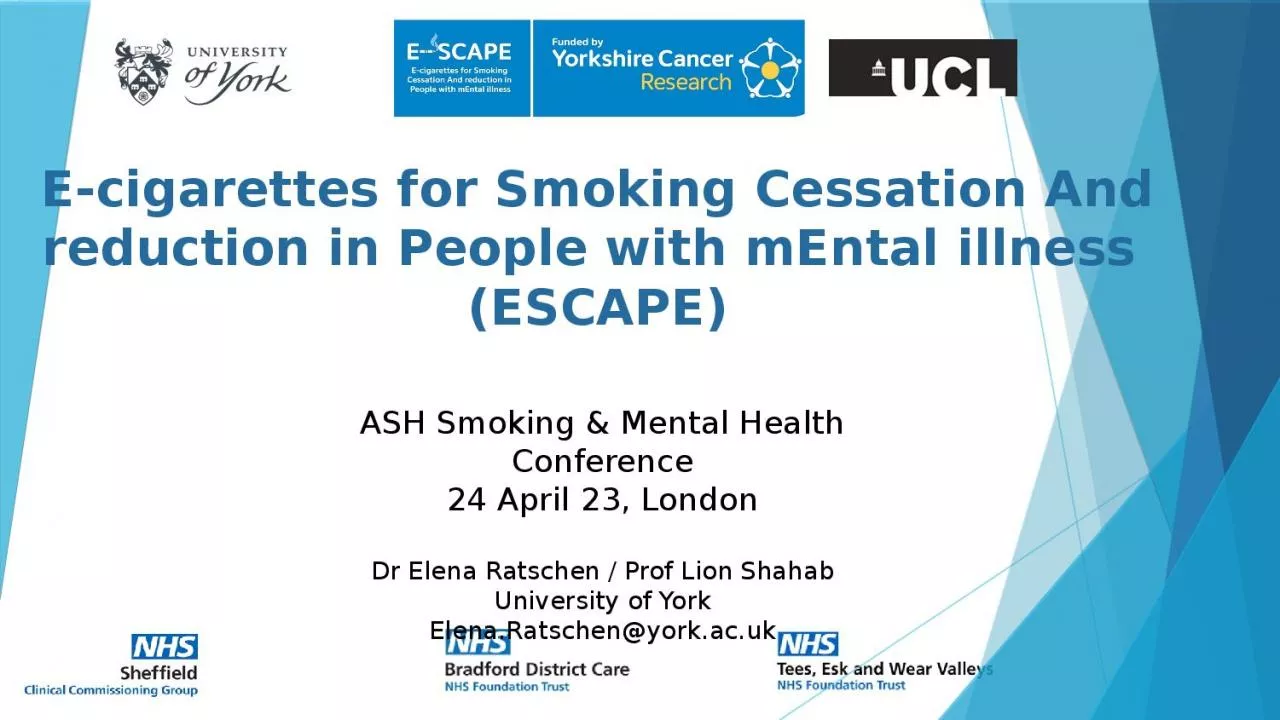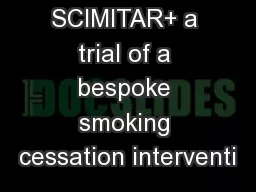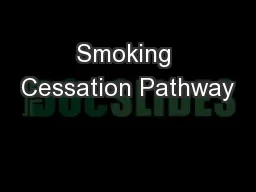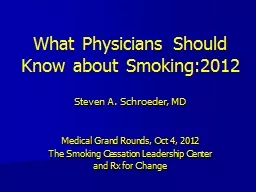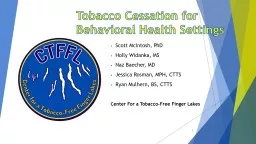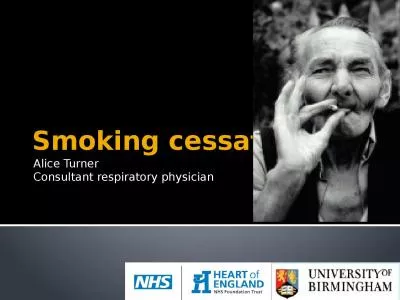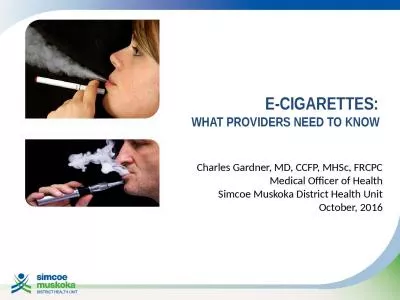PPT-E-cigarettes for Smoking Cessation And reduction in People with
Author : jones | Published Date : 2023-11-16
mEntal illness ESCAPE ASH Smoking amp Mental Health Conference 24 April 23 London Dr Elena Ratschen Prof Lion Shahab University of York ElenaRatschenyorkacuk
Presentation Embed Code
Download Presentation
Download Presentation The PPT/PDF document "E-cigarettes for Smoking Cessation And r..." is the property of its rightful owner. Permission is granted to download and print the materials on this website for personal, non-commercial use only, and to display it on your personal computer provided you do not modify the materials and that you retain all copyright notices contained in the materials. By downloading content from our website, you accept the terms of this agreement.
E-cigarettes for Smoking Cessation And reduction in People with: Transcript
Download Rules Of Document
"E-cigarettes for Smoking Cessation And reduction in People with"The content belongs to its owner. You may download and print it for personal use, without modification, and keep all copyright notices. By downloading, you agree to these terms.
Related Documents

